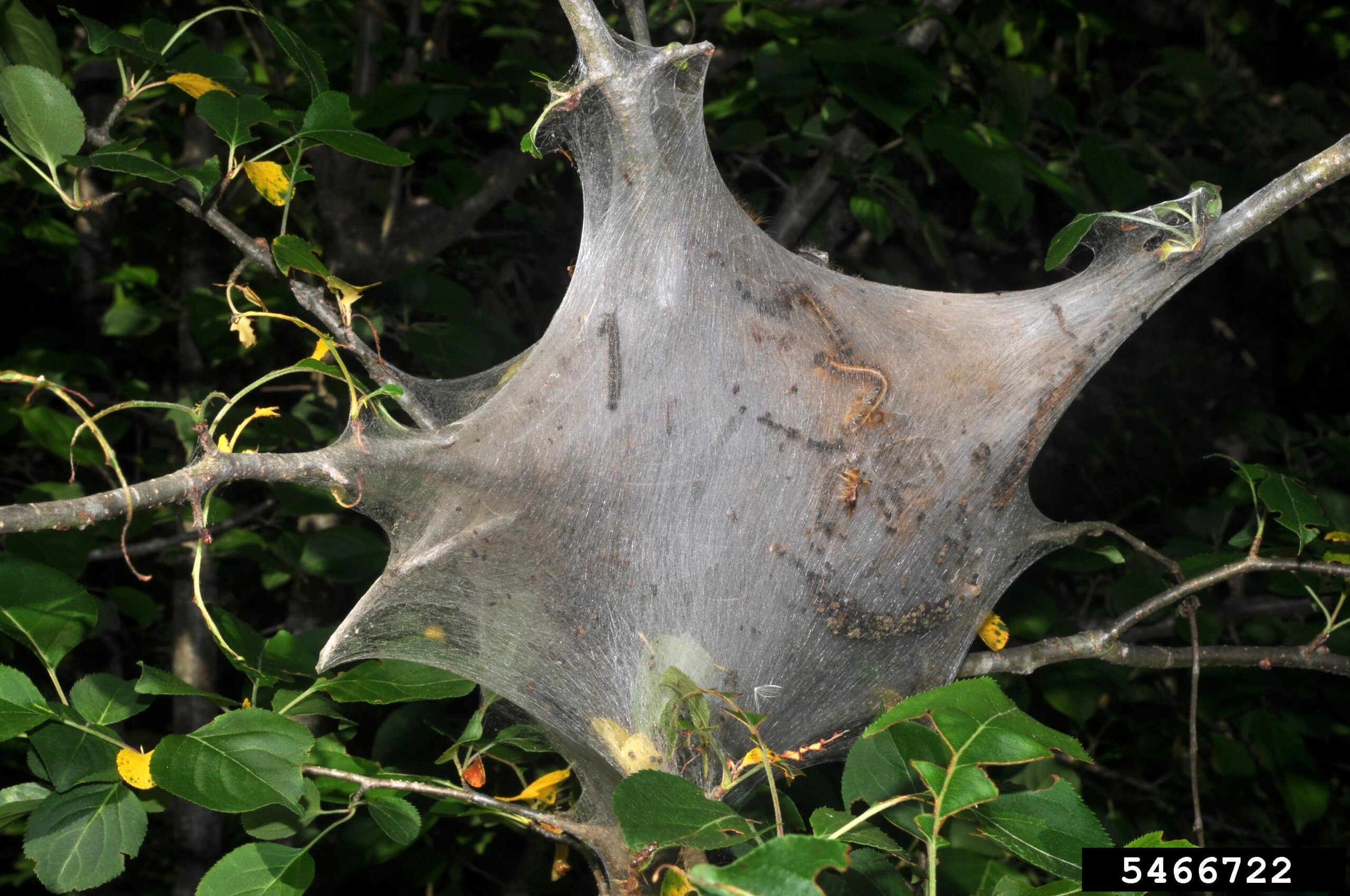Georgia farmers may soon grow a new crop to supply the building
materials market.
Kenaf, a plant related to cotton and okra, is usually grown
either as a forage crop for animals or for its fiber. But a
middle Georgia businessman wants farmers to grow it for use in
building materials.
“We’re extruders. We make building materials from wood fibers and
plastics,” said Ron Rutherford, president of Integrated Composite
Technologies in Montezuma, Ga. “I need cellulose to make a
building material that termites won’t eat and that won’t absorb
water.”
|
|
|
Kenaf fibers have been used for years to make |
Perfect Ingredient
Kenaf, he says, is the perfect ingredient for such a product.
Rutherford was a guest speaker at the first Symposium on
Value-Added Agriculture Dec. 13-14 in Tifton, Ga. He said kenaf,
flax and cotton stalks all work well in his product.
Kenaf stalks produce two types of fiber: an outer, woody, bast
fiber and an inner core fiber.
“We need the core fiber to make our product,” Rutherford said.
“Kenaf has been researched in Georgia for many years. Farmers
know how to grow it. But they don’t have a solid marketing
program for selling it.”
Up to 11,000 Acres Needed
Rutherford expects his plant to need 7,500 to 11,000 acres of
kenaf within the next two years.
“Our Montezuma plant sits on the edge of where kenaf has been
grown in Georgia,” he said.
Rutherford said farmers could sell kenaf directly to him or
establish a cooperative, turn the stalks into a flour and sell
the flour to him.
“Harvesting it is the tricky part,” he said. “A sugarcane
harvester works best. Another good thing about kenaf is you can
grow it, store it for several months and then use it.”
Not Totally New
Kenaf isn’t totally new for Georgia farmers. Four years ago they
grew it in Sumter County for use in a new cat litter product and
for the paper industry, said David Kissel, a crop scientist with
the University of Georgia College of Agricultural and
Environmental Sciences. He has worked with kenaf for the past
eight years.
“The expenses and difficulties that come with a new product were
too great, and the cat litter product failed,” Kissel said. “It
was a pilot project. And the costs were greater than anticipated
on the processing end.”
Since the end of that project, no commercial acreage of kenaf has
been planted, he said.
Biggest Problem
The biggest problem in growing kenaf is fighting root-knot
nematodes. But UGA research has shown that farmers can grow it
successfully in soils with high clay content that are free of
root-knot nematodes.
Kissel doesn’t think harvesting with sugar-cane equipment is the
best route for Georgia farmers.
“That’s the Texas technology,” he said, “and it would be
expensive here because we don’t have that equipment. And it’s
expensive equipment. That’s an issue that needs to be addressed.
There are other ways to harvest the crop.”
UGA has used cotton equipment to harvest kenaf on research plots.
“We have all that equipment here in Georgia,” he said. “And
dairies have forage choppers, which could also be used.”
Still Optimistic
Having worked on the crop for so long, Kissel is still optimistic
that it has a place in Georgia fields.
“Certainly I’m pleased to hear about this new market,” he said,
“because it adds value for Georgia crops. I haven’t given up on
it. We’re not talking about a lot of acres in connection with
this building materials project, but there’s potential there. And
it can lead to other opportunities for the crop.”
Kissel says automobile manufacturers are beginning to use the
kenaf bast fiber as a replacement for glass fiber in some
products.
“Glass doesn’t degrade, and kenaf does,” he said. “Automobile
companies are interested in using it to manufacture headliners
and door panels. And they’re not just using kenaf. They’re using
flax and hemp, too.”





